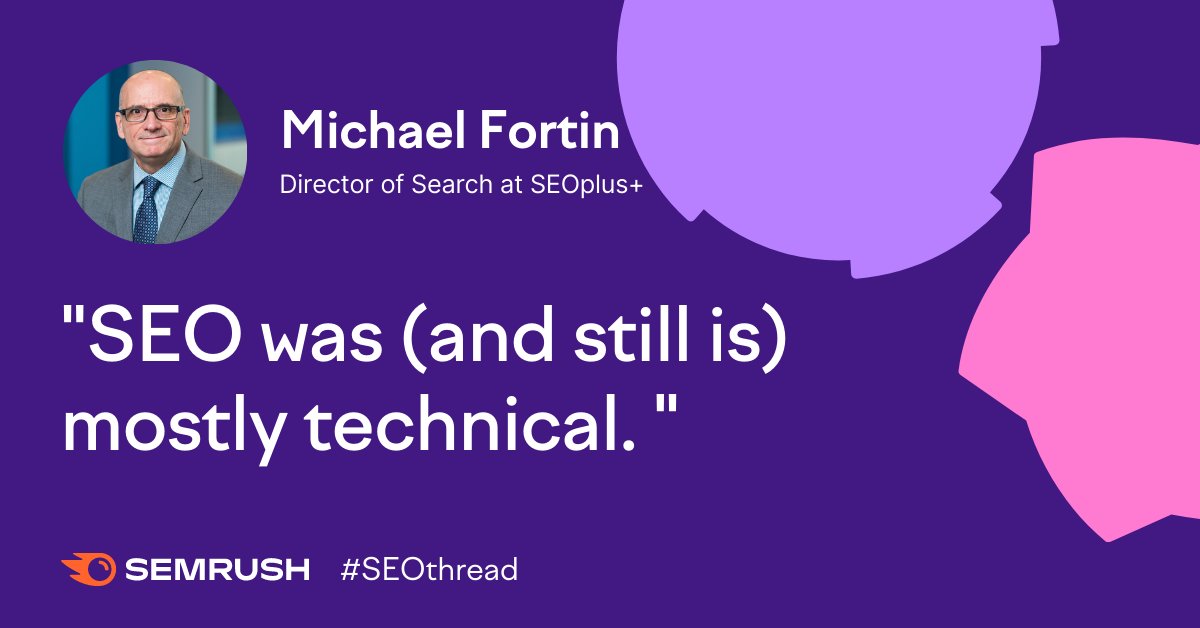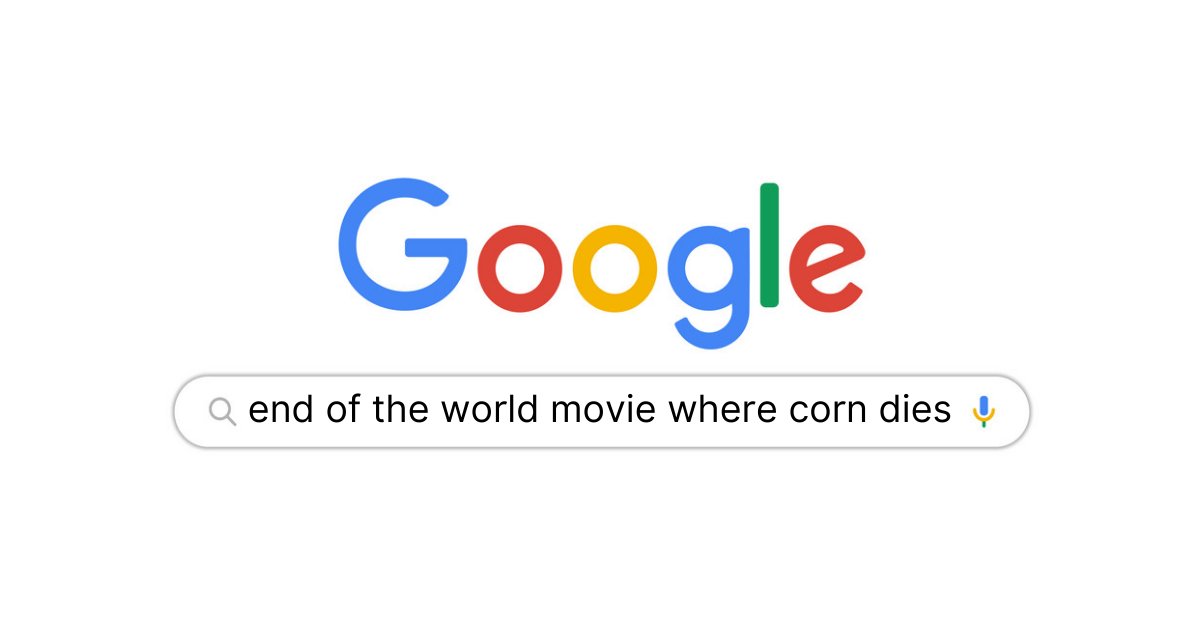
Quality or quantity? How do you assess and correct your web traffic so that you're reaching the *right* customers?
In this thread, I share tactics & tips to ensure you're getting the traffic you want and what to do if you're not.
#SEOThread🧵 by @CrystalontheWeb
In this thread, I share tactics & tips to ensure you're getting the traffic you want and what to do if you're not.
#SEOThread🧵 by @CrystalontheWeb

Many believe that SEO means "getting more traffic" to a website but sometimes less is more and the best SEO strategy is to reduce traffic to add value.
Skeptical? Well, here's 3 scenarios when decreasing traffic benefits SEO & your bottom line. @CrystalontheWeb #SEOthread
Skeptical? Well, here's 3 scenarios when decreasing traffic benefits SEO & your bottom line. @CrystalontheWeb #SEOthread

1. LOTS of Users are from a country where you don't trade. Common on sites for small markets sharing a language with a big one (think US traffic to UK sites).
Regional href-lang tags(like en-gb) can lower global traffic to favour the right location @CrystalontheWeb #SEOthread
Regional href-lang tags(like en-gb) can lower global traffic to favour the right location @CrystalontheWeb #SEOthread
2. You rank for irrelevant big traffic keywords. Common for B2B sites with B2C content, it may cause spammy traffic and/or low quality leads that waste resources.
Prioritising high intent topics and terms, even those with low ASV, can bring real leads.@CrystalontheWeb #SEOthread
Prioritising high intent topics and terms, even those with low ASV, can bring real leads.@CrystalontheWeb #SEOthread
3. The wrong pages are getting indexed and clicked. Content like WP Image Attachment Pages has low business value but can use up crawl budget and User patience.
De-indexing these kinds of pages reduces traffic volume & lets high impact content surface.@CrystalontheWeb #SEOthread
De-indexing these kinds of pages reduces traffic volume & lets high impact content surface.@CrystalontheWeb #SEOthread
And in practice? Well, recent results for a UK finance client showed these tactics helped increase:
✅Organic CTR by 15%
✅UK organic sessions by 22%
✅Organic conversions by 133%
...in 2 months, all while total sessions dropped 2%!
@CrystalontheWeb #SEOthread
✅Organic CTR by 15%
✅UK organic sessions by 22%
✅Organic conversions by 133%
...in 2 months, all while total sessions dropped 2%!
@CrystalontheWeb #SEOthread
This is because when you have the right *kind* of traffic, you can grow the volume of your audience from there.
When good traffic adds to good, there is a compounding effect for the signals you're sending out and the Users you're bringing in.
@CrystalontheWeb #SEOthread
When good traffic adds to good, there is a compounding effect for the signals you're sending out and the Users you're bringing in.
@CrystalontheWeb #SEOthread

Reducing high click, low-quality traffic can have cross channel impact:
📈 Good leads = High close rate = Clearer SEO value
💰 Quality organic traffic improves remarketing ad ROI
🤖 High intent traffic better trains algorithms for 'look-a-like' users
@CrystalontheWeb #SEOthread
📈 Good leads = High close rate = Clearer SEO value
💰 Quality organic traffic improves remarketing ad ROI
🤖 High intent traffic better trains algorithms for 'look-a-like' users
@CrystalontheWeb #SEOthread
So, you may need to refine traffic quality if data over time shows:
- (Really) low conversion rates
- Top-ranking for (lots) of irrelevant queries
- Significant organic traffic to service pages and/or
- High traffic from regions where you don't trade
@CrystalontheWeb #SEOthread
- (Really) low conversion rates
- Top-ranking for (lots) of irrelevant queries
- Significant organic traffic to service pages and/or
- High traffic from regions where you don't trade
@CrystalontheWeb #SEOthread

Ready to clear the traffic clutter? What you lose in clicks, you could gain in customers. And that's what we're all here for right? 😀
Thanks for unravelling this @semrush #SEOthread. I've been @CrystalontheWeb. See you in the SERPs!
Thanks for unravelling this @semrush #SEOthread. I've been @CrystalontheWeb. See you in the SERPs!
• • •
Missing some Tweet in this thread? You can try to
force a refresh















